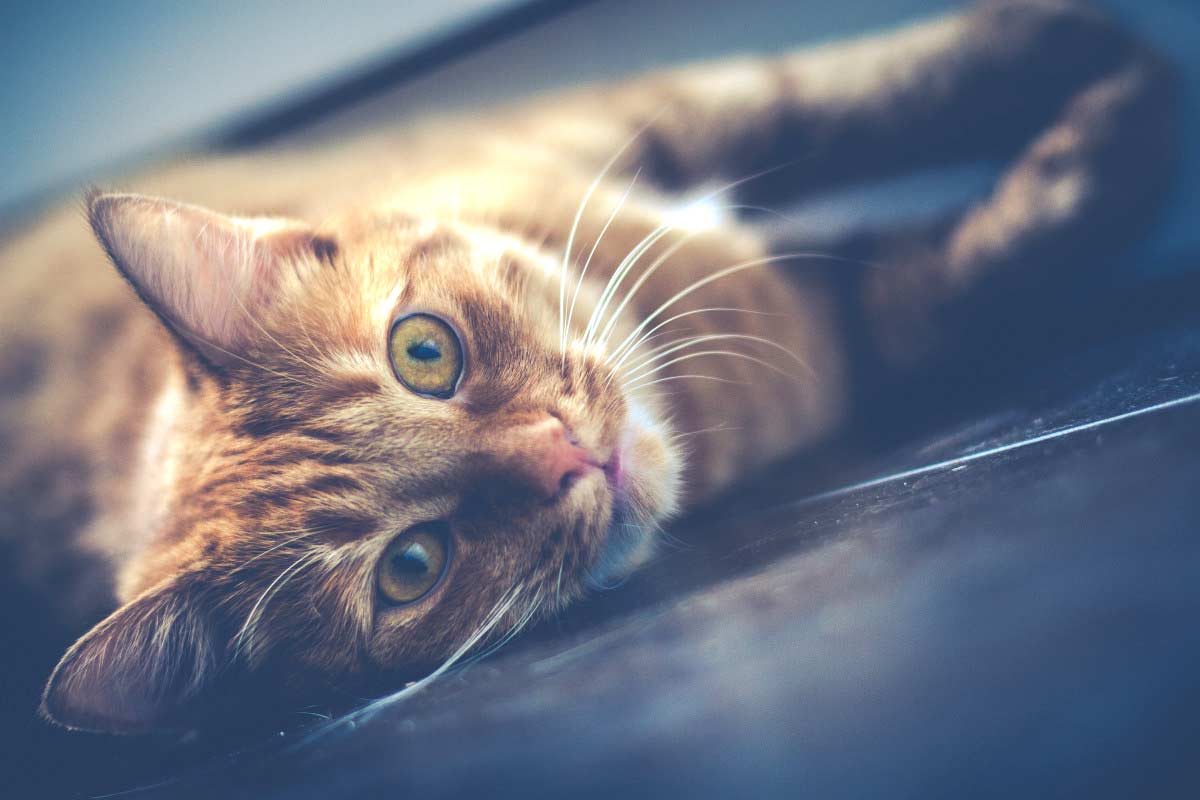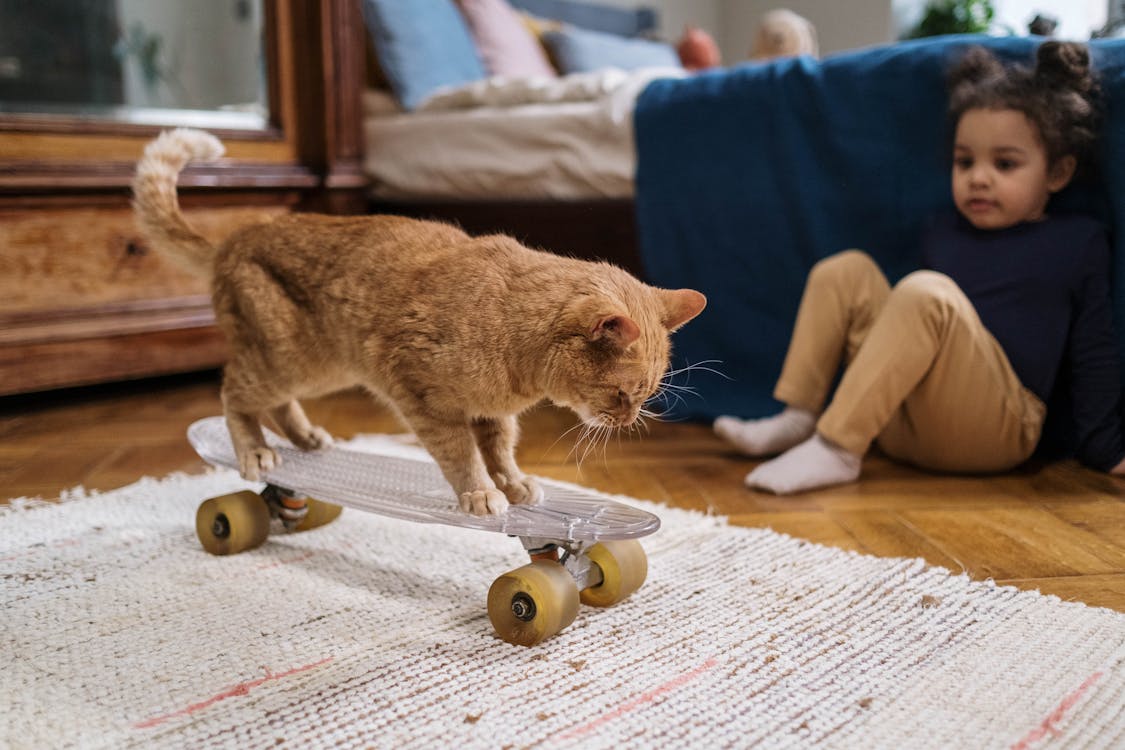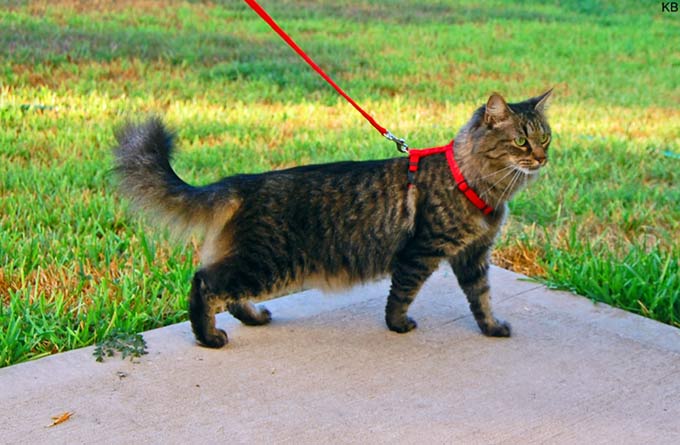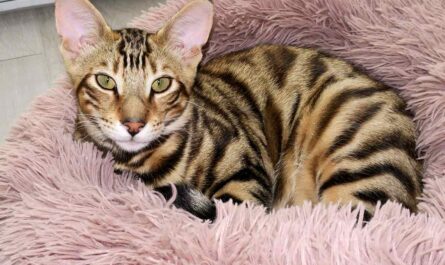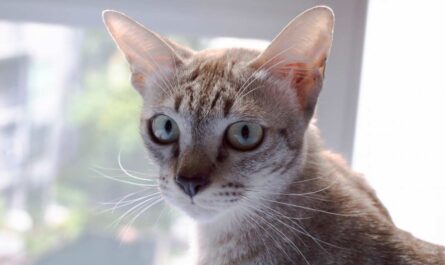How to keep your kids and cats safe? The enchanting alliance between children and cats flourishes when nurtured with care, patience, and mutual understanding. By instilling these valuable lessons, parents not only shape responsible and compassionate individuals but also contribute to the happiness and well-being of their feline companions. Every individual fortunate enough to experience the joy and privilege of growing up with a feline friend undoubtedly cherishes the delightful memories of cuddling and playful interactions. The endearing sight of a child engrossed in the company of their kitty companion is not only amusing but also heartwarming. However, the amalgamation of a young child’s exuberance and a cat’s independent nature can occasionally lead to unexpected challenges and even disasters.
Guiding Your Child: Essential Tips for Introducing Children and Cats
In the realm of cat ownership, a universal truth is that cats aren’t the most tolerant creatures. Therefore, imparting the knowledge of how to interact with a cat becomes a crucial responsibility for parents. Teaching a child the nuances of petting a cat is an essential foundation for a harmonious relationship. I witnessed the transition as my daughter, accustomed to our older cat, seamlessly adapted to gentle strokes in specific areas. Introducing her to a new kitten required vigilant supervision initially, ensuring that playful interactions did not escalate into scratches or discomfort. The wisdom shared here extends beyond mere parenting advice, evolving into a skill set that molds children into responsible and empathetic adults.
1. Understanding Feline Behavior
In the enigmatic tapestry of feline behavior, unlocking the secrets to harmonious coexistence with children requires a deep dive into the nuances of cat psychology. Felines, with their capricious demeanor, present a unique set of behaviors that demand deciphering before weaving them into the fabric of familial life.
The cat, a territorial maestro, orchestrates its world with a keen sense of hierarchy. Decoding the intricate language of their body movements, vocalizations, and social cues becomes pivotal. My daughter, armed with this newfound knowledge, embarked on a journey of understanding, and recognizing the subtle ballet of our cat’s communication. It became a tapestry of comprehension, where the threads of feline behavior interwove seamlessly with the dynamics of a growing relationship, creating a canvas where the child and the feline companion danced to the rhythm of a shared existence.
2. Calm and Gentle Interactions
In the intricate dance between children and cats, navigating the delicate balance of play requires a nuanced understanding of feline sensitivities. Cats, creatures of poise and discernment, often grapple with the exuberance of energetic youngsters. My daughter embarked on a journey of comprehension, unraveling the subtleties of our 8-year-old feline companion. A revelation dawned upon her – the feline soul sought tranquility amidst the chaos of play. This revelation prompted her to curate a serene haven within the folds of a cozy teepee, where she and our kitten engaged in moments of quiet bonding, fostering a connection beyond the superficiality of boisterous play.
Parental guidance became a tightrope walk, an art of encouragement interwoven with the wisdom that tiny hands are not playthings. It became an exercise in minimizing the risks of inadvertent scratches and bites, transforming playtime into a sanctuary of shared joy and mutual respect. The symphony of laughter and feline purrs echoed in the backdrop of a carefully curated space, a testament to the delicate equilibrium between the spirited curiosity of a child and the serene preferences of a feline friend.
3. Allowing Alone Time
In the realm of feline-human relationships, acknowledging the sanctity of solitude emerges as a cornerstone for fostering a relationship steeped in understanding and mutual respect. The acknowledgment that cats, with their regal bearing, seek moments of solitary introspection is paramount. My daughter, in her journey of feline companionship, became attuned to the subtle cues indicative of our cat’s need for solitude.
It was an education in patience, a lesson that interrupting a feline nap could unravel the fragile fabric of trust, leading to unintended scratches and bites. A delicate ballet unfolded as my daughter learned to wield toys and treats as gentle enticements, ensuring that playtime remained a positive experience for both child and cat. The creation of a stress-free haven for our feline family member involved thoughtful consideration – secluded spaces where the cat could gracefully retreat, cocooned in a cloak of privacy and tranquility.
15. Establishing Harmony: Ground Rules for Safe Interaction
To avert potential disasters ranging from scratches to hissing encounters, setting ground rules becomes imperative. These rules, akin to a code of conduct, prevent actions like tail-pulling, whisker-tugging, or chasing, ensuring a peaceful coexistence. In our household, designated areas, such as the kitchen, are considered off-limits for cat interactions, allowing them to eat and use their toilet without disturbance. This strategic approach safeguards against accidents and fosters an environment where both child and cat can revel in the joys of companionship without compromising safety.
Other Interesting Articles
- How To Take Care Of A Kitten: A Guide For New Pet Owners
- Why Do Cats Chirp? Major Reasons Behind This Cute Sound
- 10 Common Reasons Why Cats Suckle? How To Discourage
- 12 Reasons Why Cats Meow So Much: How To Mitigate
- 9 Common Reasons Why Cats Chirp or Chatter: 5 FAQs
- Cat Zoomies: Why does A Cat Get Them? When to Call a Vet?
- Burmilla Cat Breed: Profile, Traits, Grooming, Health, Care
- Aegean Cat Breed: Profile, Traits, Grooming, Health, Care
- American Wirehair Cat Profile, Traits, Grooming, Health, Care
- American Shorthair Cat Profile, Traits, Grooming, Health, Care
- American Polydactyl Cat Profile, Traits, Grooming, Health, Care
- American Longhair: Profile, Traits, Grooming, Health, Care
- American Curl Cat Profile, Traits, Grooming, Health, Care
- Asian Semi-Longhair Cat Profile, Traits, Grooming, Health, Care
- California Spangled Cat: Profile, Traits, Grooming, Health, Care
- Burmilla Cat Breed: Profile, Traits, Grooming, Health, Care
- British Shorthair Cat: Profile, Traits, Grooming, Health, Care
- Brazilian Shorthair Cat: Profile, Traits, Grooming, Health, Care
- Bombay Cat Breed: Profile, Traits, Grooming, Health, Care
- British Longhair Cat: Profile, Traits, Grooming, Health, Care
